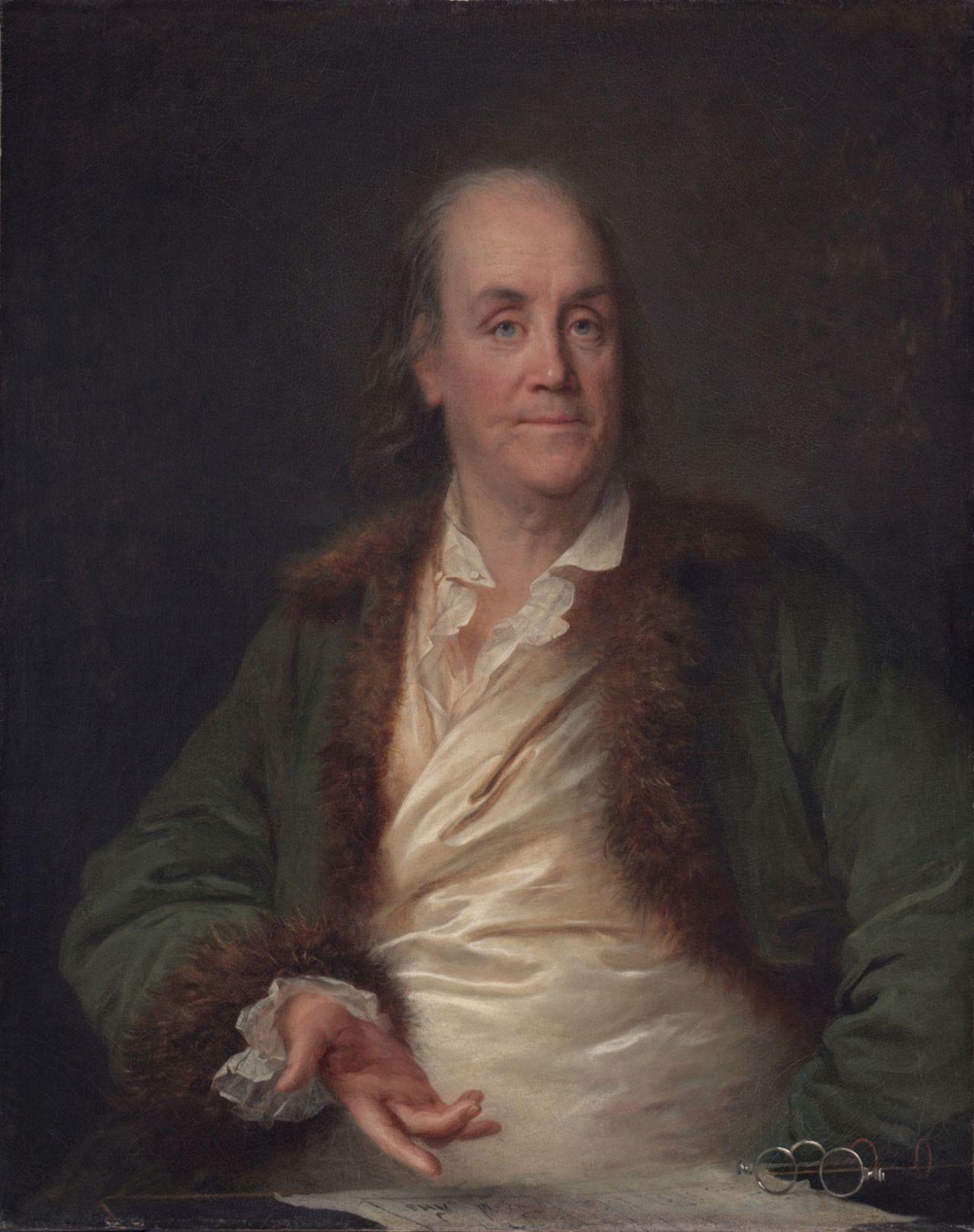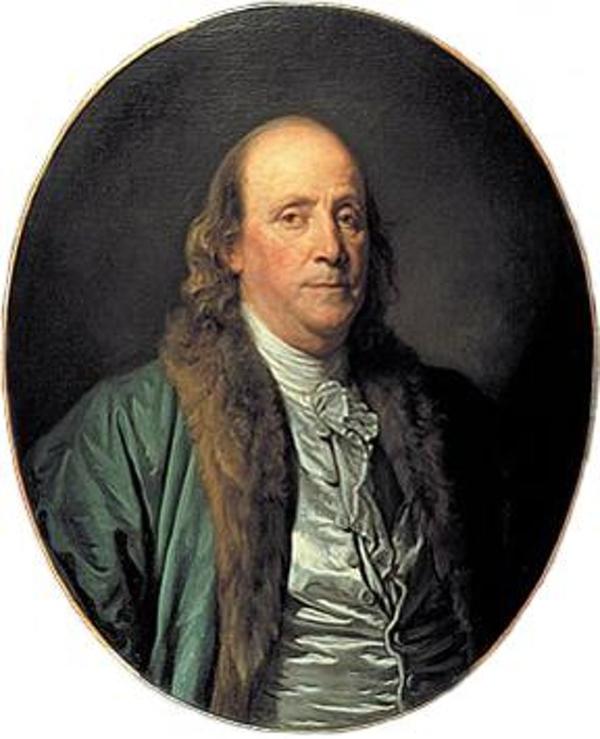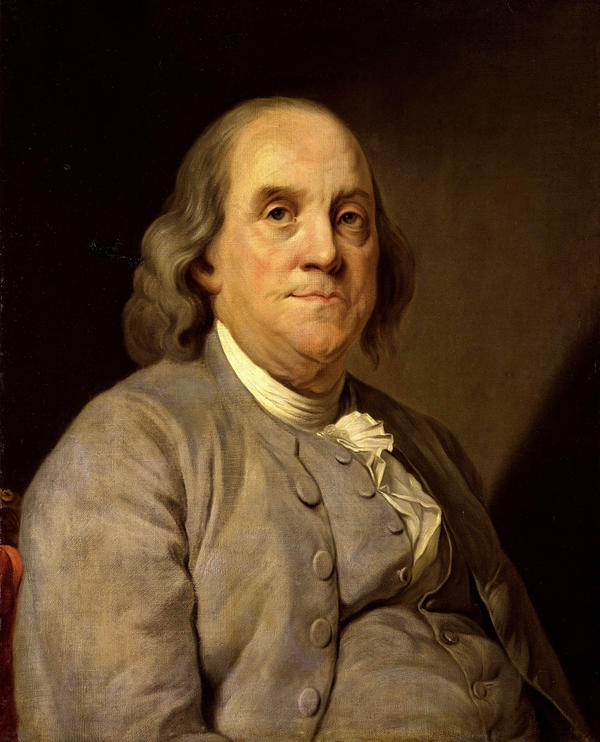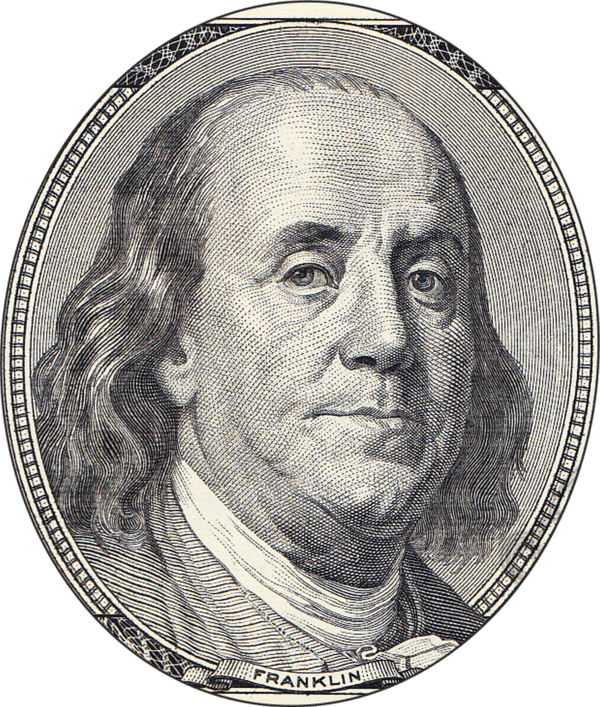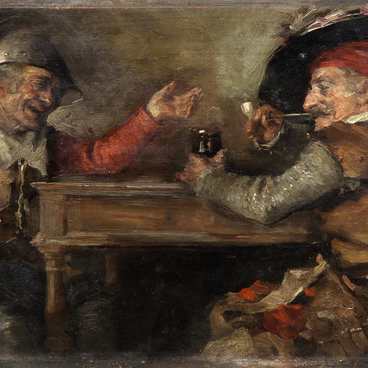Anne Rosalie Filleul painted the portrait of Benjamin Franklin in oil on cardboard in 1778 or 1779. Most probably, this painting was a sketch for the portrait that is now kept in the Philadelphia Museum of Art. In her work, she used the glazing technique: she applied translucent paints, layer by layer, to convey the smallest nuances of color. The artist masterfully conveyed the individual traits of the character that was praised by her contemporaries for its striking likeness to the original.
1 / 2
Portrait of Benjamin Franklin
Время создания
1778–1779
Размер
25,5x21,3 cm
Техника
Cardboard, oil
Коллекция
Выставка
4
Открыть в приложении#1
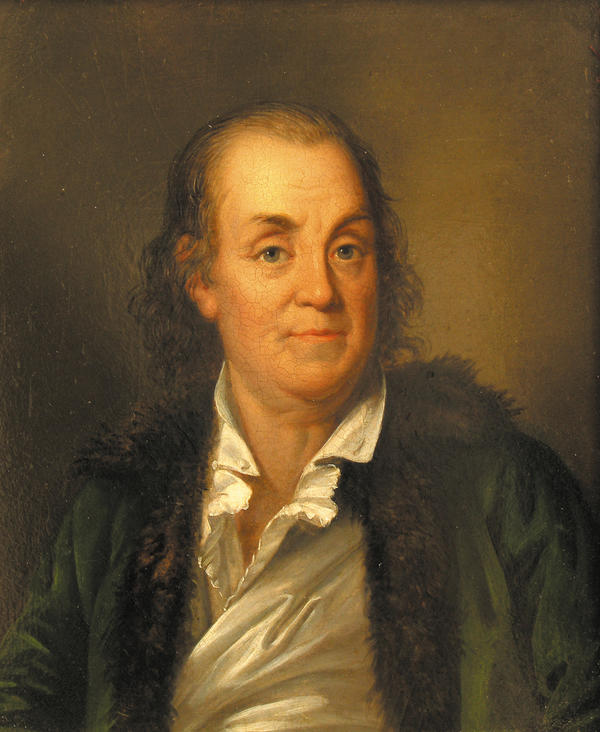
Rosalie Filleul
Portrait of Benjamin Franklin
#2
#3
Filleul is believed to have painted Franklin by request of her father who had ordered an engraving from the painting. There is also a version that it was Franklin himself who wanted to sit for the artist because they were friends. There were rumors that he was even somewhat in love with the artist.
#4
In the 1770s, Benjamin Franklin was the ambassador to France. He arrived to Paris as a celebrity; by then he had already invented the lightning rod and proved the electric nature of lightning through an experiment with a kite. And, of course, he was a well-known politician who had already put his signature on the most important historical document, the US Declaration of Independence.
#5
Paris adored him.
#6
‘There, in the center of all sorts of etiquette subtleties that everyone was tired of, but strictly observed all the same, appeared a man who ate, drank, slept, walked, sat and did everything <…> in the manner he could define for himself to be the most reasonable. The French society was ablaze with a certain kind of enthusiasm in regard to this man they had never seen before’,
— journalist Yakov Abramov said.
#7
It is not surprising that the artists showed keen interest in Franklin.
A year later, he was painted by famous portrait painter Joseph-Siffred Duplessis.
#8
Joseph-Siffred Duplessis. Portrait of Benjamin Franklin. 1778
He was portrayed by Jean-Baptiste Greuze in 1777.
#9
Thanks to Duplessis’s creativity, a good many at least once held a portrait of Benjamin Franklin in their hands. In 1785, the artist created another portrait of the American diplomat, and it was the second Franklin’s image that settled in the center of the American 100-dollar bill.
Franklin on the image of the American 100 dollar bill.
#10
The thinker’s image was often captured in sculptures and portraits. In various works he is depicted in action: studying electricity, playing chess with an English lady, riding a horse, signing the most important documents; that is only a fraction of what he was actually doing. Franklin was the 15th child in the family and received only 2 years of school education. Nevertheless, he became one of the most important public figures in the world; through his participation America became independent from England. His sayings such as Time is money and Don’t put off till tomorrow what you can do today are repeated in all corners of the world as folk wisdom.
#11
Yaroslavl Museum of Fine Arts
читать дальшескрыть
00:00
00:00
1x
Portrait of Benjamin Franklin
Время создания
1778–1779
Размер
25,5x21,3 cm
Техника
Cardboard, oil
Коллекция
Выставка
4
Открыть в приложении
Поделиться

